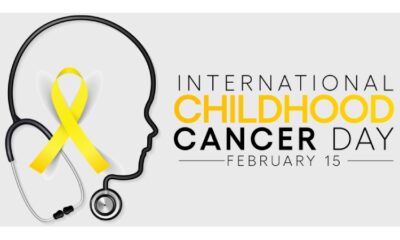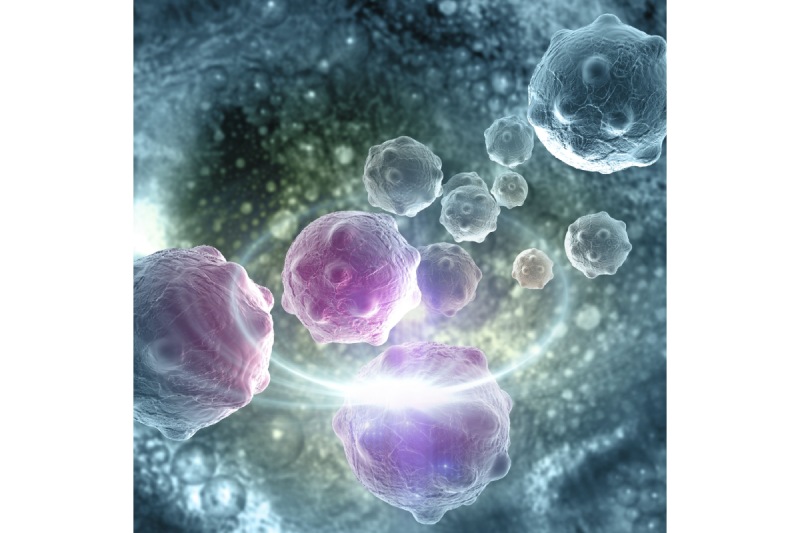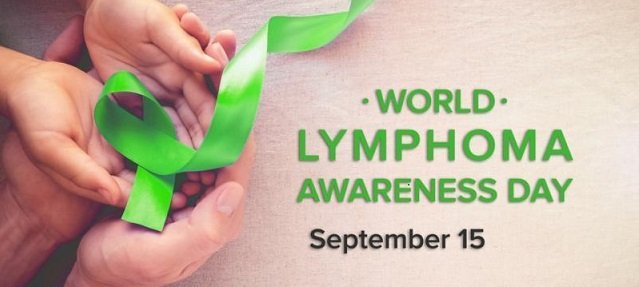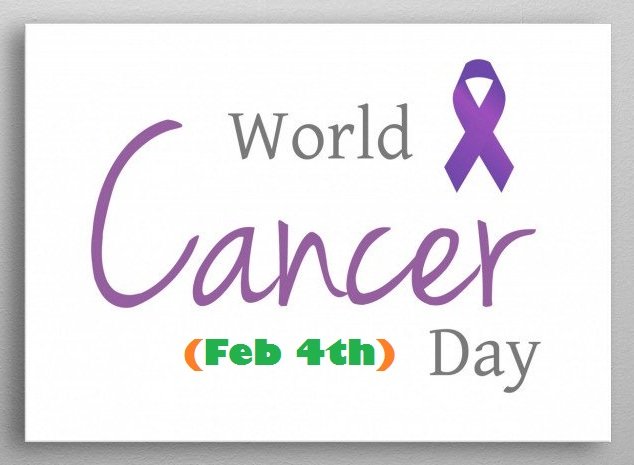Lifestyle
Know Everything about World Cancer Day: History, Significance and Theme of the Year
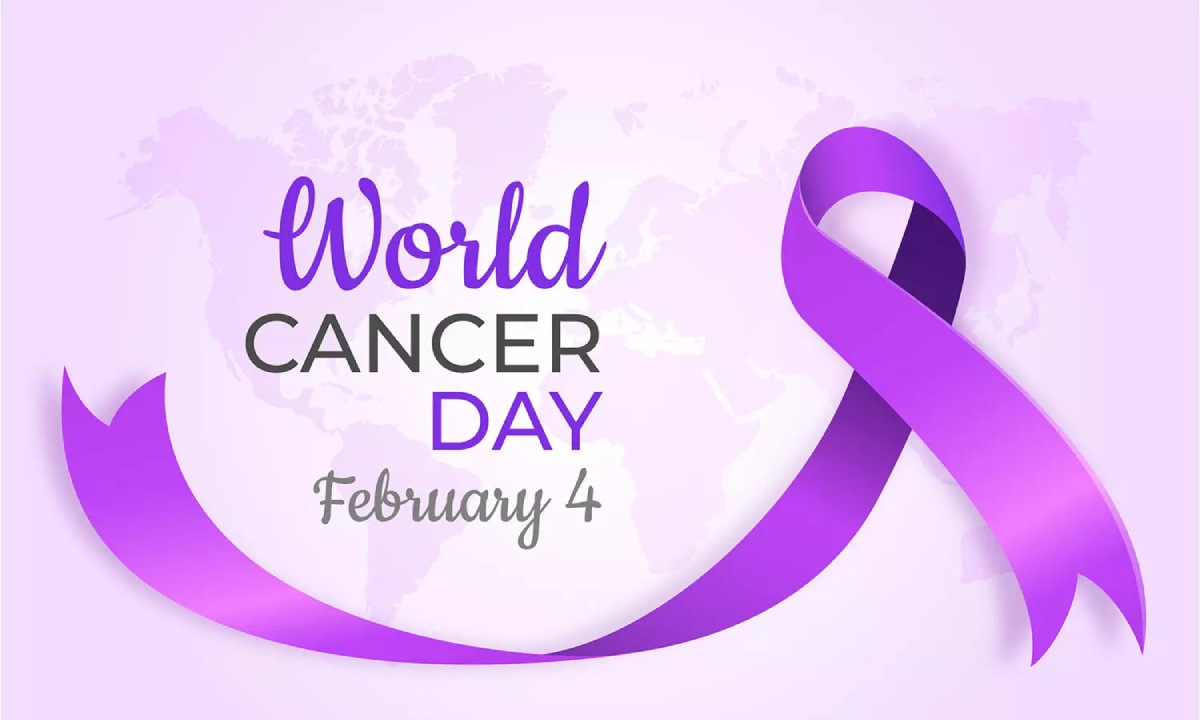
Every year on February 4, people celebrate World Cancer Day to increase awareness and educate them on the disease’s prevention, detection, and treatment. In 2022, cancer killed around 10 million people globally, making it the leading cause of death, according to the World Health Organization (WHO). In the fight against cancer, individuals and organizations from all around the world unite on this day to highlight the significance of early detection, enhanced screening, advanced treatment options, and more robust international cooperation.
The day is part of an international campaign to increase public awareness of cancer and to encourage its detection, prevention, and treatment. Since it was first observed by the Union for International Cancer Control (UICC) in 2000, this day has grown to be a major occasion that inspires people, groups, and organizations all around the world to address the problems caused by cancer.
Each year, the day is commemorated with a unique theme that aims to both eradicate the disease and improve its reach.
World Cancer Day 2025 Theme
“United by Unique,” the theme for World Cancer Day 2025, highlights the value of personalized, patient-centered care in the fight against cancer. It highlights how important it is to tailor care to each patient’s unique needs. This topic is part of a three-year campaign that will focus on the individual experiences of cancer patients, survivors, and caregivers between 2025 and 2027. The project advocates for more tailored treatment methods while attempting to advance empathy, compassion, and diversity in cancer care.
World Cancer Day 2025 will have the theme “United by Unique.” By putting people and their stories at the center of the discussion, this subject highlights a people-centered approach to cancer care. Although millions of people worldwide are impacted by cancer, it recognizes that every person’s experience is different and that individualized care is crucial. To provide effective and compassionate care, the campaign seeks to emphasize the significance of customizing cancer therapies to meet the unique needs of each patient.
The theme “United by Unique” highlights several important aspects:
The theme acknowledges that every patient’s experience is unique in terms of need, preference, and circumstance, and it emphasizes the need for tailored treatments and support networks for cancer patients.
Everyone should have access to cancer care, especially those in low- and middle-income nations, so that sophisticated cancer treatments are distributed equally.
By emphasizing personal stories, the subject encourages communities to have candid conversations about cancer, which lowers stigma and fosters a nonjudgmental environment for people who are impacted.
World Cancer Day History
On February 4, 1999, during the World Summit Against Cancer in Paris, World Cancer Day was first declared. World Cancer Day was formally established the following year, on February 4, 2000, when the Charter of Paris Against Cancer was signed during the World Summit Against Cancer for the New Millennium. In addition to addressing important issues including cancer care, research, and treatment advancements, this charter highlights the necessity of international cooperation in the fight against cancer.
World Cancer Day Significance
In addition to promoting prevention, early detection, and efficient treatment to lower mortality, World Cancer Day serves as a significant worldwide platform for raising awareness of all forms of cancer. Additionally, it serves as a reminder to people, governments, and organizations to collaborate to lessen the impact that cancer has on people, families, and communities worldwide.
Types of Cancer
Based on the cells’ place of origin, cancer is divided into five categories. They are:
- The skin or the tissues surrounding or enclosing internal organs are the sites of carcinogenesis.
- In connective tissues such as bone, cartilage, muscle, fat, and blood vessels, sarcoma can grow.
- Bone marrow and other places that produce blood cells are where leukemia starts.
- Cells of the immune system are the site of lymphoma and myeloma.
- Known as central nervous system malignancies, brain and spinal cord cancers start in the brain and spinal cord’s cells.
Cancer Signs and Symptoms
- Abrupt Weight Loss: Significant weight loss that cannot be explained by dietary or exercise changes may be an indication of cancer.
- Skin Changes: The skin may darken, turn yellowish (like jaundice), or develop strange lesions and moles that might not go away.
- Fatigue: Cancer patients often have chronic fatigue that does not go away when they rest.
- Chronic Coughing: Lung or throat cancer may be detected early by a prolonged, persistent cough.
- Persistent discomfort: Cancer may be indicated by unexplained pain in the joints, back, or abdomen that has no clear cause.
The Silent Killer: Cancer
Because it can go undetected for months or even years before symptoms appear, cancer is frequently referred to as a silent killer. Many types of cancer, including ovarian, pancreatic, and lung cancer, develop subtly within the body and don’t exhibit any obvious symptoms in their early stages. The disease has frequently progressed by the time obvious symptoms show up, making treatment more difficult and decreasing survival rates.
Cancer can spread to other areas of the body before being discovered, which is one of the reasons it is so fatal. While typical illnesses or infections produce symptoms right away, malignant cells can develop undetected and gradually damage organs and tissues.
The misunderstanding of early warning indicators is another factor contributing to cancer’s reputation as a silent killer. Usually, symptoms like exhaustion, weight loss, a chronic cough, or digestive problems are dismissed as unimportant health problems. By the time the illness is diagnosed, it has progressed to the point that surgery and chemotherapy are required.
The necessity of people-centered cancer care
Cancer impacts a person’s mental, emotional, and social health in addition to their physical health. A people-centered approach to cancer care guarantees that each patient’s treatment is customized to meet their specific needs, emphasizing not only medical interventions but also quality of life, emotional support, and holistic recovery.
Although the course of traditional cancer therapies is largely standardized, each patient’s experience is unique. How patients react to treatment depends on several factors, including age, genetics, lifestyle, socioeconomic level, and personal preferences. Individualized treatment plans are prioritized in people-centered care, guaranteeing that therapies are efficient, controllable, and consistent with the patient’s preferences and values.
Cancer patients need social support, dietary advice, pain control, and psychological therapy in addition to medical care. Many people struggle financially, and emotionally, and fear being stigmatized. Physicians, caregivers, and the community collaborate to deliver comprehensive care under a patient-focused model.
People-centered care, which incorporates empathy, accessibility, and individuality into cancer therapy, improves patients’ results and quality of life. It also encourages patients to participate actively in their recovery process through education, collaborative decision-making, and emotional resilience, making cancer treatment more efficient and compassionate.
-

 Business4 weeks ago
Business4 weeks agoPrakash and Kamal Hinduja: Driving Social and Environmental Change
-

 Startup3 days ago
Startup3 days agoSmall Business Month Encourages Entrepreneurs to Take Stock and Scale Up with Actionable Marketing Strategies
-

 Cryptocurrency4 weeks ago
Cryptocurrency4 weeks agoDesigned For The Masses: How Akasha (AK1111) Is Unlocking Crypto For The Next Billion Users
-

 Health4 weeks ago
Health4 weeks agoThe Hinduja Brothers Commitment to Global Health: Empowering Communities Across Borders
-

 Startup2 weeks ago
Startup2 weeks agoCost-Saving Strategies Every Small Business Owner Should Know to Boost Efficiency
-

 Health2 weeks ago
Health2 weeks agoSt. John’s Community Health Examines Innovations in Pharmacy Access
-

 Startup4 weeks ago
Startup4 weeks agoMatthew Denegre on the Art of Deal Sourcing: Finding the Right Investment Opportunities
-

 Tech3 weeks ago
Tech3 weeks agoZoom Launches AI-Powered Zoom Tasks, A Smart New Tool for Task and Project Management

